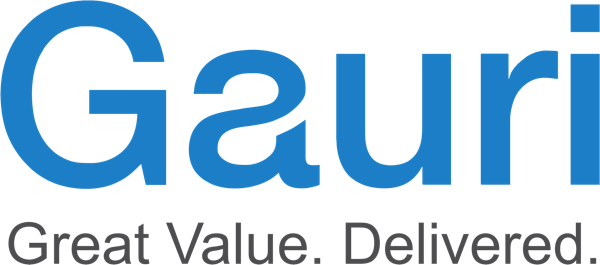Just two things needed to succeed with Analytics – a world class toolset and faultless data. One won’t deliver without the other.
Contributed by Jane Wallis, Gauri Ltd, UK – Originally published by Aberdeen Group.
There is no denying that the choice of techniques and tools for gaining business insights from internal and external corporate data has grown almost as rapidly as the amount of data that is being generated today. The pressure is on to select the best Visual Discovery weapons to fight the good fight against falling into data darkness. But Buyer Beware: the data being scrutinised, analysed and visualised, needs to be the right data: even the most expensive pair of glasses won’t clarify the wrong picture.
This paper explores how the pressure is on to improve business users’ access to the right information, and why it is crucial that not only the best tools are chosen, but that the data under scrutiny is the best possible data.
Data-driven inhibition
Research has shown that there is a perceived inhibitive effect where available data is not the right data. What is the right data? It is clean, timely and relevant – meaning it’s not a mish-mash of tables and feeds from disparate systems, cobbled together by batch runs and containing data for all of the other subsidiaries, departments or products as well as the one you are looking for.
The same research has shown that best-in-class organisations have addressed key data-accessibility issues and are emerging ahead of the competition because of them. Interestingly, self-service access to analytic tools is one of the key differentiators – and the ability to deliver relevant and timely data to analytically-enabled users is what hastens an organisation’s growth into an agile and responsive, customer centric best-of-class company.
Successful organisations have an enlightened corporate philosophy towards data accessibility – it is the lifeblood of the business, and as such it must flow as though through an organism, giving nutrition where it is needed by the consumers of information. But this also comes with a health warning – strict governance and control over accessibility has to be put into place to ensure that information doesn’t get abused or delivered to the wrong place.
Data as you want it.
The human brain recognises and retains pictures and diagrams more easily and permanently than pages of data tables. Pictorially-represented information will always be more impactful than reports of numbers. When a number is shown in relation to another number, it shows a trend – and trends can tell us what has happened, what is happening – and maybe give rise to a prediction of what is likely to happen. How powerful is that? How many job roles will be enhanced by the ability to predict the future?
The point here is that the delivery of data is one part of the process – having it arrive in a format that tells the story in one glance, as well as giving the ability to drill down, slice and dice, completes the impact. The job of delivering a message to an executive director is made much easier by showing a picture, graph or diagram, than telling a verbal story over a table of numbers.
Two additional elements have to be added to this mix of best in class data availability to make it bulletproof: – mobility and cloud.
We read about disruptive technology and BYOD – which are fashionable terms for individuals wanting to own the latest gadget, and use it for work. Rather than resist this due to security, governance and control issues, organisations that embrace BYOD are enabling their employees to do some of their work on their favourite devices, and enhancing their at-work experience. The barriers between work and non-work are being broken down, out of necessity when people want to be in touch with the 24×7 global workplace that we inhabit.
Ethereal internet-enabled ubiquity (aka The Cloud) is increasingly being seen as the favourite mechanism for deploying analytics solutions throughout organisations. The uptake on this is gaining momentum, as concerns over security and reliability are overcome. Software-as-a-Service (SaaS) is an appealing way of moving IT costs from capital to operational expenditure, and ensuring uniformity of delivery throughout the company. It also enables work outside of work – which is a debatable blessing, but we don’t want to do without it now.
The most valuable but undervalued corporate asset?
Organisations that treat corporate data as carefully as the most expensive of raw materials, are the organisations that will move ahead in these times of focussed customer engagement. Meaning? It must be secure – from being misappropriated externally, and being inappropriately available internally. It must be safe – backed up and easily restored in times of disaster. It must be pure – master data should be carefully scrutinised, managed and maintained, and transactional data should be clean, current and accurate. The rest is – analytics.
Merging domains, expanding horizons
Where once there was the transactional database (or databases before integrated systems) and the separated reporting mechanism, there is now one enterprise data environment with data, transactions and reporting all available through in-memory processing such as SAP HANA. But external to the enterprise is the information and insights that the rest of the universe is passing around the internet through social media and consumer data collection.
The organisations that will succeed in this new paradigm are those that can quickly bring together all of the relevant snippets about the lowest common denominator – the consumer.
So nothing has really changed – we still need relevant, accurate, timely data, delivered to the requirements of the consumer. It’s just the need for speed and high volumes that have upped the game. Oh – and the skill of the user to make the right decision.







